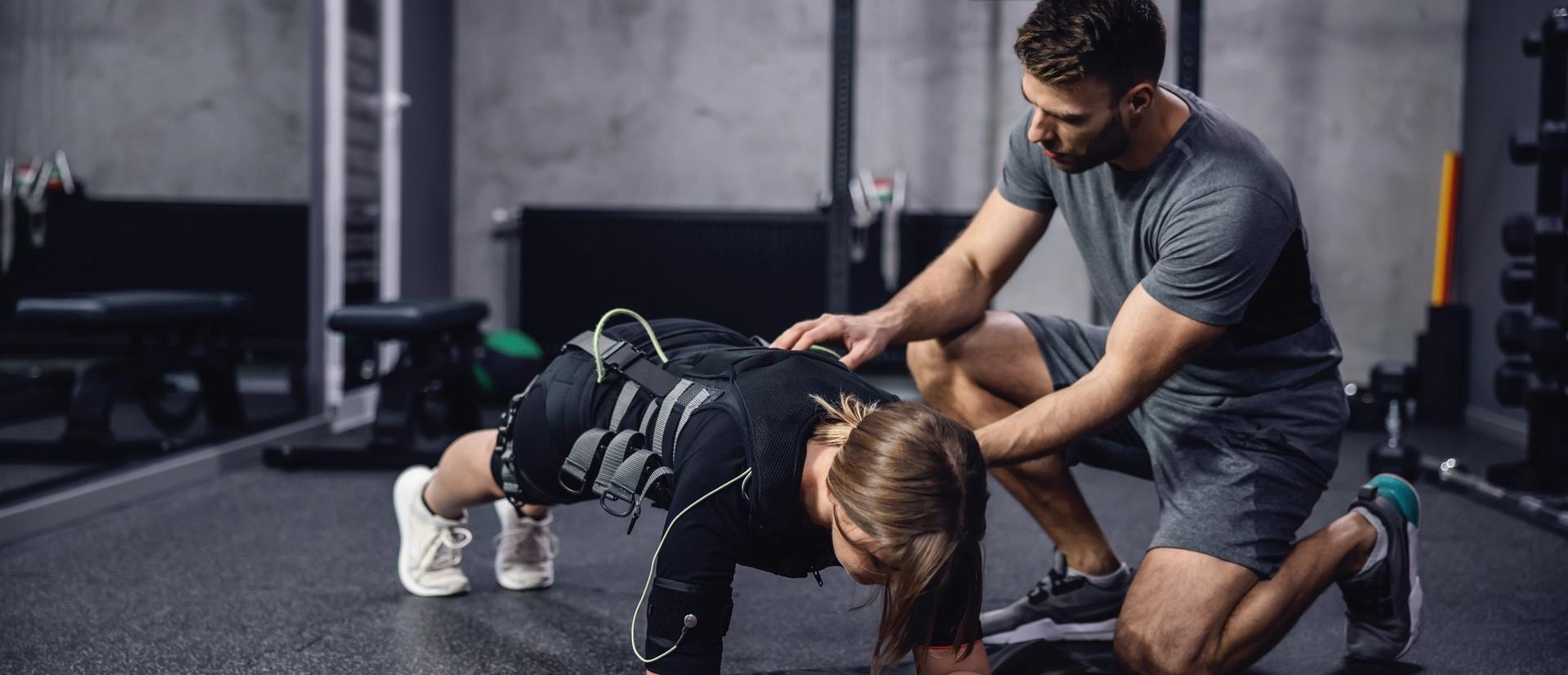It’s time to dive into the fundamental principles of exercise. While you’ll be working out with your personal trainer and collaborating on a customized program, these best practices and routines can be followed on the days when you’re working out on your own. This will help you stay consistent and make continuous progress. Understanding these principles will help you get the most out of your workouts and build a strong foundation for your fitness journey.

Key Components of a Balanced Exercise Routine with Examples
- : Increases muscle mass, boosts metabolism, strengthens bones, and improves overall body composition.
- : Weightlifting, bodyweight exercises (push-ups, squats, lunges), resistance band exercises.
- : Aim for at least 2-3 strength training sessions per week, targeting different muscle groups each session.
- : Improves heart health, increases endurance, burns calories, and aids in weight loss.
- : Running, cardio machines,cycling, swimming, brisk walking, jump rope, and high-intensity interval training (HIIT).
- : Aim for at least 150 minutes of moderate-intensity or 75 minutes of high-intensity cardio per week, spread across multiple days.
- : Enhances range of motion, reduces the risk of injury, alleviates muscle tension, and improves posture.
- : Stretching, yoga, Pilates, dynamic warm-ups.
- : Incorporate flexibility exercises into your routine 2-3 times per week, ideally after your workouts when muscles are warm.
- : Improves coordination, prevents falls, and enhances overall functional fitness.
- : Balance exercises (single-leg stands), stability exercises, yoga.
- : Include balance training 2-3 times per week, integrated into your strength or flexibility workouts.
Importance of Proper Form and Technique
Maintaining proper form and technique is crucial to prevent injuries and maximize the effectiveness of your workouts. Here are some tips to ensure you're performing exercises correctly:
: Always begin with a 5-10 minute warm-up to increase blood flow to your muscles and prepare your body for exercise. Examples include light jogging, jumping jacks, or dynamic stretches.
: Pay attention to your posture and alignment during exercises. Keep your core engaged, shoulders back, and avoid locking your joints.
: Perform exercises with controlled, deliberate movements rather than rushing through them. This ensures you’re using the right muscles and reduces the risk of injury.
: If something doesn’t feel right or causes pain, stop the exercise and reassess your form. It’s better to modify an exercise than to push through discomfort.
Remember, it’s important to vary your workouts to keep things interesting and to challenge different muscle groups. Stay consistent and gradually increase the intensity of your workouts as you become more comfortable and confident.
Start your Svetness journey today
Get a free consultation and see how our trainers can transform your wellness journey.






